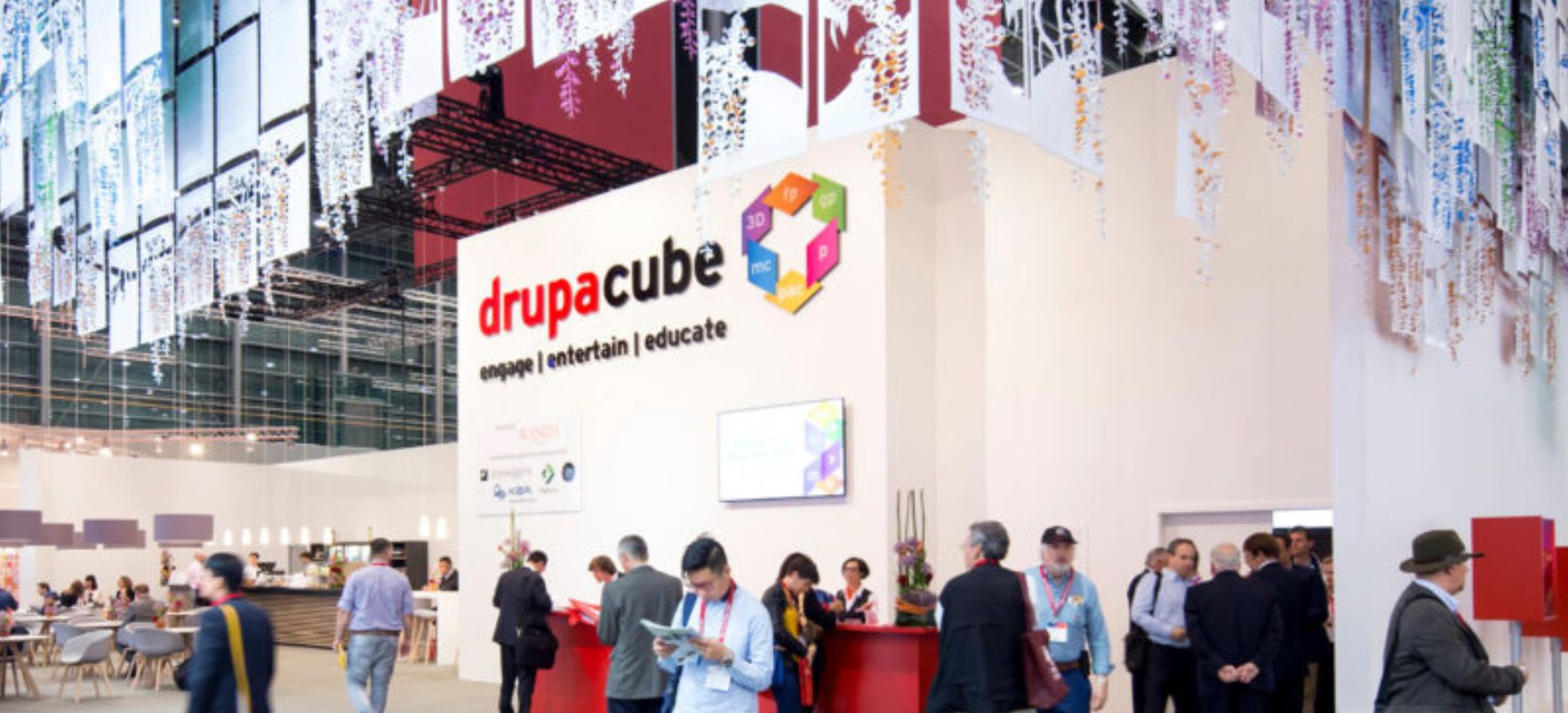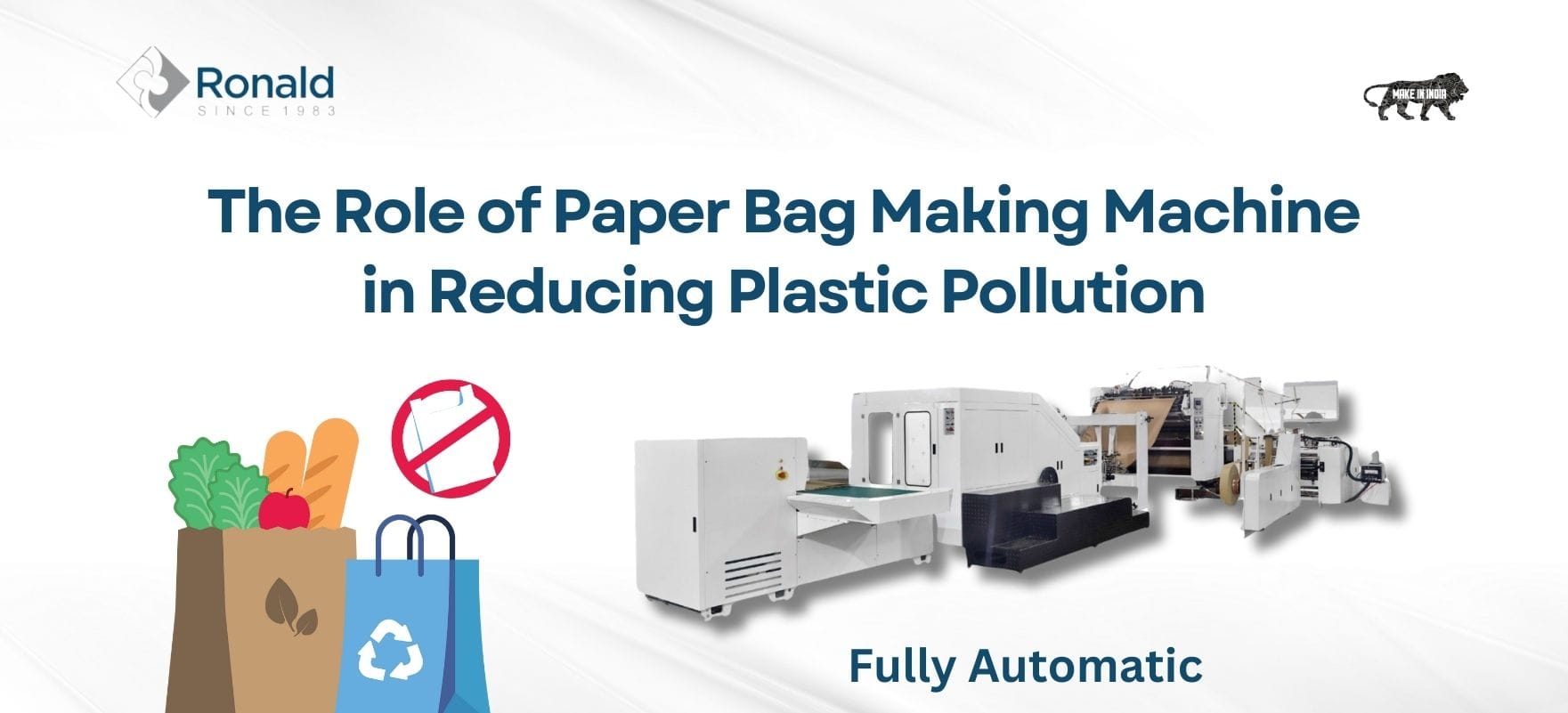
Customization Options with Paper Bag Making Machine The rise in eco-conscious consumer behavior has driven many businesses to adopt sustainable…
Ronald Machines » Different Components and Functions of a Web Offset Printing Machines

Are you wondering how a printing press works? Well, before we get into the details, let’s first understand what is offset printing. Offset printing caters to the needs of printing an image or text to be shifted from a metal plate to a rubber blanket that is placed on heavy iron rollers. Offset printing machines can be segregated into two parts like sheet-fed and web offset.
Web offset is a type of offset printing that includes feeding a paper roll continuously through the printing press. Then pages are separated and carefully cut to size after being printed. It is extensively used for high-volume publications like newspapers, magazines, catalogues, brochures, and mass-market circulation books.
There are two kinds of web offset printing, referred to as headset and coldest. In the first process, the ink is dried by forced air heating. Another one involves slow ink drying by usual evaporation and absorption.
Let’s take a look at the different components and functions of web offset printing machines.
Paper Reel Store
The paper reels are continuously consumed, hence storing their forms as a vital aspect for web offset companies. The reels are observed on receipt so that in case of any damage, the company can claim insurance. It requires details like the number of reels, the kind of damage, the possible cause, and the extent of the damage.
AGV Transport
The transportation of paper reels is carried out by Automated Guided Vehicle (AGV) Systems. A paper reel is placed on an arbor by vehicles supported by controllable rechargeable batteries. It gives flexibility and low cost and is safe to use. Provided with sensors and flexible bumpers, it helps avoid injury to humans.
Unpacking Paper Reels
After removing from the storeroom, the reels are shifted to the unpacking station using an AGV. These are unpacked using a semi-automated or automated process. A fully automated unpacking process involves the use of circular knives cutting away the side caps for slit opening and shifting the material to a shredder through a conveyor belt. After that, the next station involves pasting preparation.
Reel Stand or Reel Splicer
The main job of a reel stand is to facilitate unwinding the paper reel. It is done to tension the paper web and keep it a continuous tension. The reel can be changed manually or automatically based on whether is a manual Reel Stand or Automatic Reel Splicer. Different types of paper reel stand are available including manual unwinding frame, high-performance auto pasters.
Pre-Tensioning or Infeed Unit
Placing a pre-tensioning unit before the first printing unit is important for web tension control. An infeed unit is an independent unit standing along with the processing unit. It is used with a newspaper web press in the substructure of the printing units or joined to the reel stand. The unit is composed of a draw roller with a pressing roller with a downstream measuring roller to determine the tensile force of the web.
Web-Threading Device
A web threading device is important for headset web to offset presses. The devices come with a distinction like finite web transport systems on the one hand and chains, belts, and other conveying parts on the other. Operated by a servo-motor and disengaged once the feeding process is done. The guiding belts on each side of the web can follow separate paths and hence provide two entirely different lead versions.
Printing Unit
The printing unit serves as one component of the entire production chain. This printing couple is used to print ink on the web or sheet side differentiated by a plate cylinder and a blanket cylinder combined with dampening as well as inking units. A printing unit composed of several couples that are joined together into one closed unit. When it comes to newspaper printing, these units are arranged vertically.
Dryers
Newspaper printing involves drying of printing ink dries on the paper substrate by absorption. However, the printing ink on coated papers needs to be dried through the heat evaporation method in commercial printing. The use of long extended hot-air dryers makes it easy to blow hot air over both sides of the fresh print. Flaps on both sides of the dryer opening automatically further make sure that a rapid temperature should drop in the dryer area.
Chill Roll Assembly or Stand
Both the hot-air drying and infrared drying methods need a cooling process because the printing ink and the paper web may heat up to around 130 °C. Hence, it may affect the plasticity as well as tackiness of the printing ink. Cooling is done by a set of chill rolls placed in the chill roll assembly, provided with air knives. By direct heat conduction, the web winds round the chill roll to ensure effective cooling of the web.
Folder Superstructure and Folder
Cut-off and then separated products are processed using the folder. The web-shaped products are processed in the folder superstructure. The functions of the folder superstructure involve longitudinal slitting the web and then folding the slitted webs into the desired size. The folder comes in the form of multi-layer rollers along with rubber and steel rings that are alternately combined in the axial direction via the ribbon bundle travels.
Open Sheet Delivery or Sheeter
A sheeter is useful in delivering products for commercial web offset printing. In the case of wider sheets, the trim is difficult. Trimming by a rotating knife against a stationary lower knife is satisfactory. By using modern drive technology, the product is mounted in the circumferential direction to generate the follow-on trim like a shear cut. It assists in putting the sheets on the delivery in a singled stream to provide a better grip.
Ink Supply
Today web offset presses are supplied with ink through returnable container systems. Returnable containers tapering to the bottom with a huge ink capacity are mounted on pallets. Then, these are emptied using electrically operated plunger pistons which are placed on a second pallet right above the steel container. These are sealed against the container wall. The printing ink flows using the tapered part into a pipeline and after that into a press. The stationary tanks can be filled or emptied by using regenerative pneumatic or electrical pumps.

Customization Options with Paper Bag Making Machine The rise in eco-conscious consumer behavior has driven many businesses to adopt sustainable…

How Paper Bag Making Machine Contribute to Zero Waste Goals The ever-growing mountain of plastic waste is a pressing environmental…

Visiting Drupa 2024 would be beneficial? Technological Innovations: Drupa showcases the most cutting-edge advancements in printing technology. By attending, you…

The Role of Paper Bag Making Machine in Reducing Plastic Pollution In an era where environmental consciousness is paramount, the…
WhatsApp us